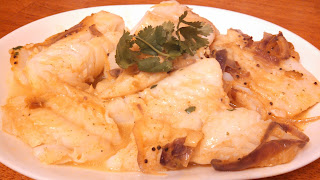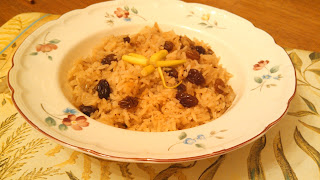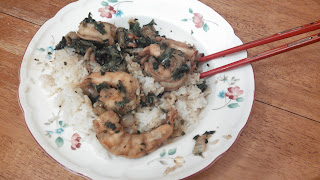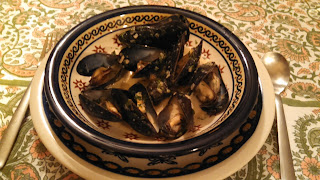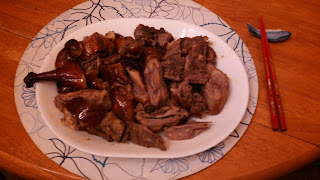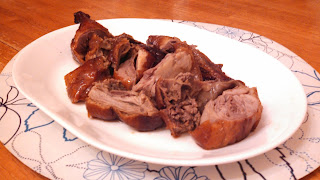I cook with curry quite a bit. It’s one of my favorite methods. And, like most people, I use curry powder or curry paste when preparing a dish. But, before the powder and paste came along, cooks would make their own curries or a particular dish. The word “curry” originates from the Tamil word “kari” which means “spiced sauce.” And that’s all curry is: a sauce with a combination of ingredients, many of them dried spices ground and mixed mixed together to create a sauce.
The dish that follows is that vein. It’s simply fish fillets in its own curried sauce. The fish used can be any firm fleshed flesh such as pollock, haddock, turbot, bass, etc. I use cod fillets. They’re inexpensive, goods, and nutritious. The side dish is steamed white rice. In this instance, since the recipe has an Indian slant to it, I prefer basmati rice.
CURRIED FISH FILLETS
2 pounds fresh skinless, fish fillets
3 tablespoons peanut oil
1 cup mustard seeds
1 medium onion, peeled and sliced into thin rings
1 tablespoons ginger, sliced into thin strips
1 jalapeño chili, seeded, and sliced into thin strips
1 teaspoon ground coriander
1/2 teaspoon ground turmeric
1/4 cup dry sherry or white wine
1/2 cup chicken broth
Salt and ground black pepper to taste
Juice of 1/2 lime
1 teaspoon dark brown sugar
1. Wash fish fillets under cold running water and wipe dry with paper towels. Then cut into serving portions. Set aside.
2. In a large skillet, heat the oil. Add mustard seeds, and when they start popping, add onion. Saute until they start to brown. Lower heat, add ginger, chili, coriander and turmeric, and cook for 2-3 minutes.
3. Add dry sherry or wine. Add fish, cover, and simmer 5 minutes.
4. Add chicken broth, cover and simmer 5 minutes more, or until fish is just cooked through. Transfer fish to a serving platter.
5. To skillet, add salt, pepper, lime juice and sugar. Stir to combine, adding a little water if needed.
Spoon sauce over fish and serve.
Yield: 4 servings.
